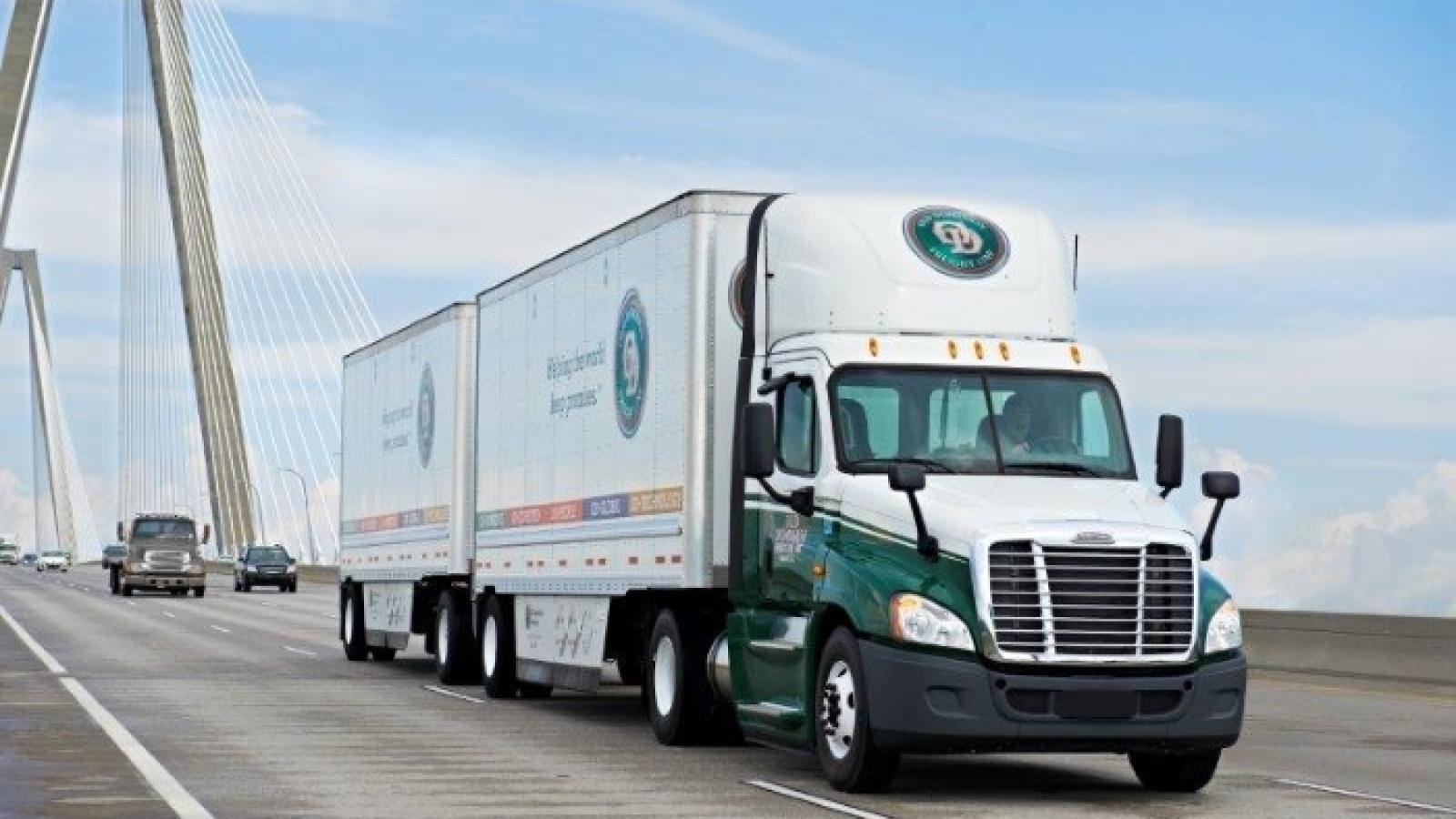Freightmaster1
TB Legend
- Credits
- 607
Wed, Dec 6 at 4:16 PM

ODFL has between 25 and 30% excess capacity in its network, on which the company has spent $2 billion to expand over the past 10 years. Photo credit: Old Dominion Freight Line.
William B. Cassidy, Senior Editor | Dec 6, 2023, 3:55 PM EST
The massive shift of US less-than-truckload (LTL) freight among carriers after thecollapse of Yellow appears to be nearing its end, as the market settles at a new level and Yellow’s terminalsare sold at auction.
The calming market can be seen in fourth-quarter operating data released Wednesday by Old Dominion Freight Line (ODFL), the second-largest US LTL provider and the most profitable publicly traded LTL carrier. ODFL said its daily LTL shipments rose just 0.6% year over year in November.
At the same time, ODFL’s weight per shipment dropped 2.9%, most likely indicating that heavier LTL shipments are being transferred to cheaper-priced truckload carriers, as LTL rates remain elevated after climbing since Yellow’s failure. ODFL implemented a 4.9% general rate increase Monday.
The massive shift of US less-than-truckload (LTL) freight among carriers after thecollapse of Yellow appears to be nearing its end, as the market settles at a new level and Yellow’s terminals are sold at auction.
(continued)
ODFL Q4 operating data underscores softness in US LTL trucking market

ODFL has between 25 and 30% excess capacity in its network, on which the company has spent $2 billion to expand over the past 10 years. Photo credit: Old Dominion Freight Line.
William B. Cassidy, Senior Editor | Dec 6, 2023, 3:55 PM EST
The massive shift of US less-than-truckload (LTL) freight among carriers after thecollapse of Yellow appears to be nearing its end, as the market settles at a new level and Yellow’s terminalsare sold at auction.
The calming market can be seen in fourth-quarter operating data released Wednesday by Old Dominion Freight Line (ODFL), the second-largest US LTL provider and the most profitable publicly traded LTL carrier. ODFL said its daily LTL shipments rose just 0.6% year over year in November.
At the same time, ODFL’s weight per shipment dropped 2.9%, most likely indicating that heavier LTL shipments are being transferred to cheaper-priced truckload carriers, as LTL rates remain elevated after climbing since Yellow’s failure. ODFL implemented a 4.9% general rate increase Monday.
Less-than-truckload costs up 5.9% from August
US LTL produce price index based on selling prices for trucking servicesThe massive shift of US less-than-truckload (LTL) freight among carriers after thecollapse of Yellow appears to be nearing its end, as the market settles at a new level and Yellow’s terminals are sold at auction.
(continued)

